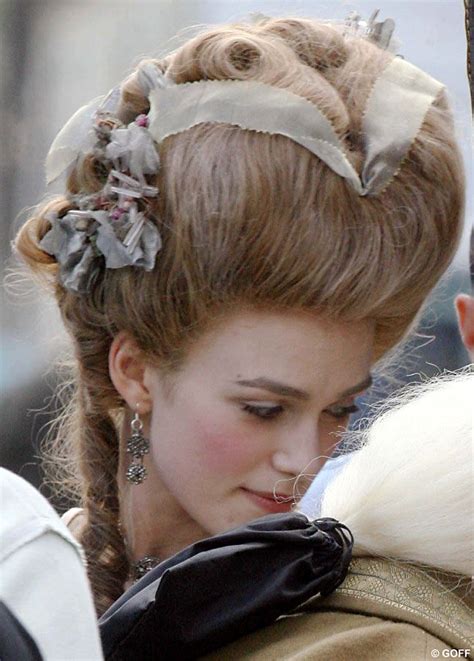French Powder Wig: A History of Extravagance
The French powder wig, an iconic symbol of the 18th century, was a remarkable fashion statement that defined an era of opulence and aristocracy. Originating in the court of Louis XIV, the towering white wigs became an essential accessory for both men and women, reaching their peak of popularity during the Rococo period.

Evolution of the French Powder Wig
The French powder wig evolved over time, with different styles emerging to reflect the changing tastes of the elite. In the early 18th century, wigs were smaller and more natural-looking, but they gradually became larger and more elaborate. By the 1770s, wigs reached their most extravagant heights, featuring intricate curls, towering plumes, and decorative embellishments.
The Anatomy of a French Powder Wig
A French powder wig consisted of several components:
- Tour: The base of the wig, made of hair, wool, or cotton, which covered the wearer’s natural hair
- Queue: A long, braided ponytail that extended down the back of the wig
- Ringlets: Curled sections of hair that framed the face and neck
- Buckles: Decorative ornaments made of metal or gemstone, used to secure the wig in place
- Powder: White powder, usually made from wheat flour or rice powder, which was applied to the wig to give it its distinctive white color
The Process of Wig-Making
Creating a French powder wig was a time-consuming and laborious process. Skilled wig-makers used a variety of techniques to create the intricate hairstyles:
- Carding: Using a brush to separate and align the hair fibers
- Weaving: Forming the base of the wig by interlacing the hair fibers
- Buckling: Curling the hair fibers around a heated iron rod
- Dressing: Arranging the curls and ringlets into the desired shape
- Powdering: Applying white powder to the wig to create a uniform white color
The Social Significance of French Powder Wigs
French powder wigs played a significant role in 18th century society. They were a symbol of status and wealth, and wearing a wig became a way for both men and women to assert their social rank. The size and elaborateness of one’s wig often reflected their position in society, with the most extravagant wigs being worn by the highest-ranking members of the nobility.
The Decline of French Powder Wigs
The French Revolution marked the beginning of the decline of French powder wigs. As the monarchy and aristocracy were overthrown, the extravagant hairstyles became associated with the old regime. By the end of the 18th century, wigs had largely fallen out of fashion, replaced by more natural and understated hairstyles.
Common Mistakes to Avoid
Avoid these common mistakes when wearing or styling a French powder wig:
- Powder Overload: Avoid using too much powder, as this can make the wig appear dull and lifeless.
- Over-Styling: Styling the wig too tightly or with too much heat can damage the hair fibers.
- Improper Storage: Store the wig properly to prevent damage. Use a wig stand or storage box when not in use.
- Skipping Cleaning: Regularly clean the wig to remove dirt and oils. Use a gentle shampoo and conditioner designed for wigs.
Why French Powder Wigs Matter
French powder wigs provide a fascinating glimpse into the past, reflecting the social values, fashion trends, and craftsmanship of the 18th century. They continue to inspire designers and historians today, serving as a reminder of the extravagance and artistry of a bygone era.
Benefits of Wearing a French Powder Wig
Wearing a French powder wig offers several benefits:
- Historical Immersion: Experience the feeling of stepping back in time when wearing a wig.
- Costume Authenticity: Enhance historical costumes with an authentic wig.
- Social Distinction: Stand out at costume balls or other events with a unique and eye-catching wig.
Creative Applications for French Powder Wigs
Beyond historical reenactment and costume parties, French powder wigs have found creative applications in modern contexts:
- Art Installations: Use wigs as sculptural elements in art installations to evoke the grandeur of the 18th century.
- Fashion Inspiration: Incorporate wig elements into modern fashion designs for a touch of historical flair.
- Hairpiece Inspiration: Draw inspiration from wig styles for creative hairpiece designs that combine historical and modern influences.
Tables on French Powder Wigs
| Wig Style | Description | Popularity Period |
|---|---|---|
| Queue Perruque | Long, braided ponytail with a small, natural-looking wig | Early 18th century |
| Ramillie Perruque | Large, full wig with cascading curls | Mid-18th century |
| Bergère Perruque | Extravagant wig with towering plume and elaborate curls | Late 18th century |
| Toupet | Small wig that covered the top of the head | Late 18th century |
| Wig Component | Description |
|---|---|
| Tour | Base of the wig, covering natural hair |
| Queue | Braided ponytail extending down the back |
| Ringlets | Curled sections of hair framing the face |
| Buckles | Decorative ornaments securing the wig |
| Powder | White powder for a uniform white color |
| Wig-Making Process | Description |
|---|---|
| Carding | Separating and aligning hair fibers |
| Weaving | Forming the wig base by interlacing hair fibers |
| Buckling | Curling hair fibers with a heated iron rod |
| Dressing | Arranging curls and ringlets into desired shape |
| Powdering | Applying white powder to create a uniform white color |
| Wig-Wearing Mistakes to Avoid |
|—|—|
| Powder Overload | Avoid using too much powder |
| Over-Styling | Avoid styling too tightly or with too much heat |
| Improper Storage | Use a wig stand or storage box when not in use |
| Skipping Cleaning | Regularly clean the wig with a gentle shampoo and conditioner |
